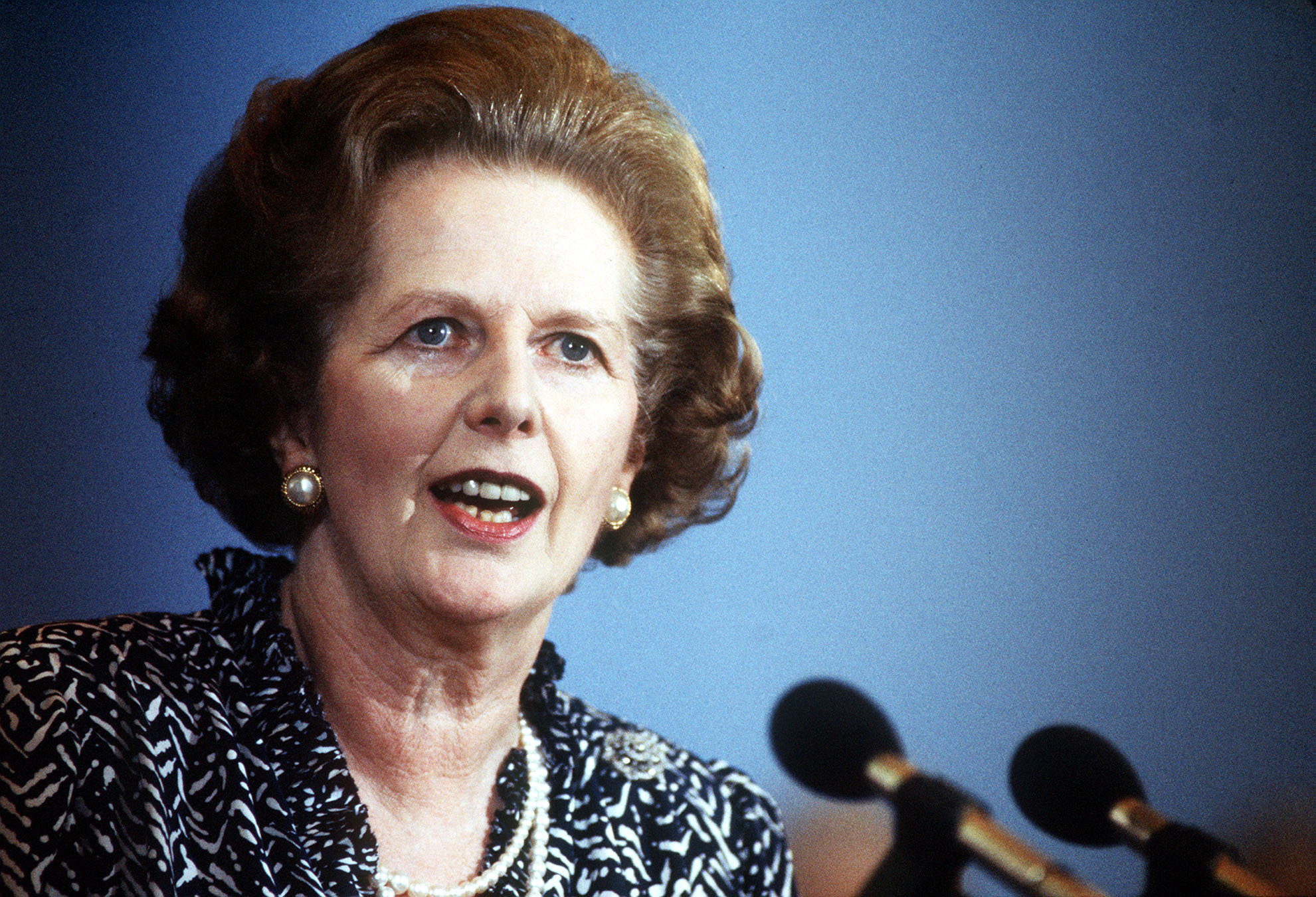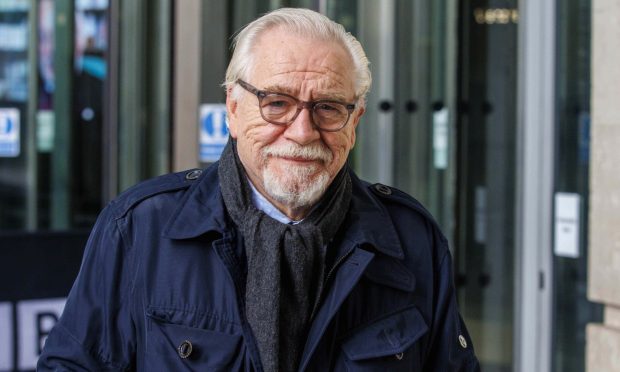Margaret Thatcher secretly continued to pursue politically explosive plans to dismantle the welfare state even after ministers thought they had been killed off by a cabinet revolt, according to newly-released official files.
The proposals – drawn up by the Whitehall’s think-tank the Central Policy Review Staff (CPRS) – were among the most contentious and the most radical to be considered by Mrs Thatcher’s Conservative government during her 11 years in office.
They included scrapping free universal healthcare and requiring people to take out private insurance, charging for education, and ending the annual uprating of benefits in line with inflation, as well as sweeping defence cuts.
The CPRS paper boldly stated: “For the majority the change would represent the abolition of the NHS. This would be immensely controversial.”
When chancellor Sir Geoffrey Howe, who commissioned the report, introduced the proposals at a specially convened meeting of the cabinet on September 9 1982 there was uproar.
Nigel Lawson, then the energy secretary, later recalled in his memoirs that it was “the nearest thing to a cabinet riot in the history of the Thatcher administration”.
And when the so-called cabinet “wets”, who opposed Mrs Thatcher’s hard-line economic policies, contrived to leak details of the report to The Economist it sparked a public outcry.
In an attempt to quell the political storm, Mrs Thatcher felt compelled to use her speech to the annual Conservative Party conference in Brighton to declare the NHS is “safe with us”.
Mrs Thatcher later claimed to have been “horrified” by the CPRS plan which was deemed so contentious it was designated a “non-paper” in Whitehall.
But while the “wets” believed they had seen off the proposals for good, Treasury papers released by the National Archives at Kew, west London, show the prime minister and her chancellor continued to work behind the scenes to keep them alive.
On November 26 1982, P Mountford in the Treasury informed Sir Geoffrey that Mrs Thatcher had set up a series of meetings with the key ministers involved – health secretary Norman Fowler, education secretary Sir Keith Joseph and defence secretary John Nott.
“This series of meetings is designed to soften up the three big spenders. Without their support the operation will not work,” Mr Mountford wrote.
“Your main aim, I suggest, should be to ensure that no sacred cows are prematurely identified. Given the prime minister’s concern about the NHS, this may be difficult.
“But we want to make sure that the ministers concerned a) do not close off any options at this stage, and b) if possible put their personal weight behind the exercise and encourage their officials to co-operate fully with the Treasury.”
Others however saw little prospect of success. GW Monger warned: “DHSS (Department of Health and Social Security) officials say there is no chance that Mr Fowler would agree to further study of this idea.
“I imagine that in the circumstances, and especially given the prime minister’s speech at Brighton, it is difficult to press them.”
While Sir Geoffrey remained adamant that radical reform was needed if public spending was to be brought under control, he was alarmed when the free market Adam Smith Institute intended to set out its own plans for privatisation and deregulation.
His political adviser Robin Harris said that while the portentously named “Omega Project” could be “politically useful” to the Conservatives in the run-up to a general election, there was a real danger it could “fall on its face”.
“The timescale proposed is very tight; one has legitimate doubts about the competence of some of those involved; and ill-researched proposals which will be portrayed as strongly resembling ours might prove an embarrassment,” he wrote.
Sir Geoffrey scrawled in the margin: “Every proposal will be seized on and hung round our neck. I see v great harm.”






